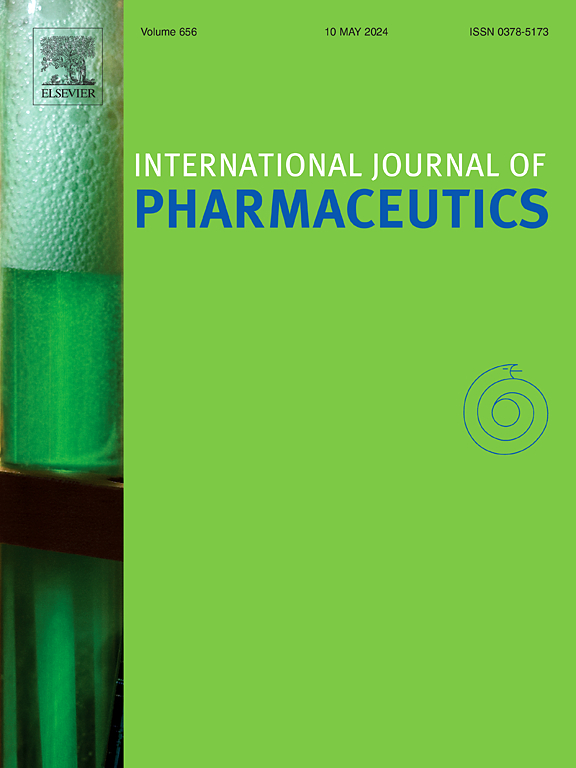Intelligent responsive nanogels: New Horizons in cancer therapy
IF 5.3
2区 医学
Q1 PHARMACOLOGY & PHARMACY
引用次数: 0
Abstract
Biologically engineered nanogels formed through sophisticated intramolecular crosslinking processes represent the forefront of next-generation drug delivery systems. These innovative systems offer many advantages, like adjustable size, satisfactory biocompatibility, and minimal toxicity. Their unique attributes facilitate deep penetration and long-term retention of drugs in tumors, effectively enhancing the anti-tumor effects. Nonetheless, the rapid disintegration of nanogels and the subsequent triggering of drug release at the tumor site pose significant challenges in achieving more effective and precise tumor treatments. Therefore, increasing research has been dedicated to exploring stimulus-responsive nanogels for enhancing tumor therapy. This review aims to encapsulate the research advancements in emerging stimulus-responsive antitumor nanogels. Firstly, a detailed exposition is provided on various endogenous stimulus-responsive nanogels, encompassing factors such as pH, hypoxia, enzymes, reactive oxygen species (ROS), and glutathione (GSH). Secondly, various nanogels triggered by exogenous stimuli such as light, ultrasound, temperature, and magnetic fields are elaborately presented. Furthermore, nanogels with multifaceted stimulus-responsive properties are also skillfully designed. Finally, the future directions, application prospects, and challenges of intelligent responsive nanogels in cancer treatment are highlighted.

智能反应纳米凝胶:癌症治疗的新视野。
通过复杂的分子内交联过程形成的生物工程纳米凝胶代表了下一代药物输送系统的前沿。这些创新的系统具有许多优点,如可调节的尺寸,令人满意的生物相容性和最小的毒性。其独特的属性有利于药物在肿瘤内的深度渗透和长期滞留,有效增强抗肿瘤作用。然而,纳米凝胶的快速分解和随后在肿瘤部位触发药物释放对实现更有效和精确的肿瘤治疗提出了重大挑战。因此,越来越多的研究致力于探索刺激反应纳米凝胶以增强肿瘤治疗。本文综述了近年来刺激反应性抗肿瘤纳米凝胶的研究进展。首先,详细介绍了各种内源性刺激反应纳米凝胶,包括pH、缺氧、酶、活性氧(ROS)和谷胱甘肽(GSH)等因素。其次,详细介绍了由光、超声、温度和磁场等外源刺激引发的各种纳米凝胶。此外,具有多方面刺激响应特性的纳米凝胶也被巧妙地设计出来。最后,重点介绍了智能响应纳米凝胶在癌症治疗中的未来发展方向、应用前景和面临的挑战。
本文章由计算机程序翻译,如有差异,请以英文原文为准。
求助全文
约1分钟内获得全文
求助全文
来源期刊
CiteScore
10.70
自引率
8.60%
发文量
951
审稿时长
72 days
期刊介绍:
The International Journal of Pharmaceutics is the third most cited journal in the "Pharmacy & Pharmacology" category out of 366 journals, being the true home for pharmaceutical scientists concerned with the physical, chemical and biological properties of devices and delivery systems for drugs, vaccines and biologicals, including their design, manufacture and evaluation. This includes evaluation of the properties of drugs, excipients such as surfactants and polymers and novel materials. The journal has special sections on pharmaceutical nanotechnology and personalized medicines, and publishes research papers, reviews, commentaries and letters to the editor as well as special issues.

 求助内容:
求助内容: 应助结果提醒方式:
应助结果提醒方式:


